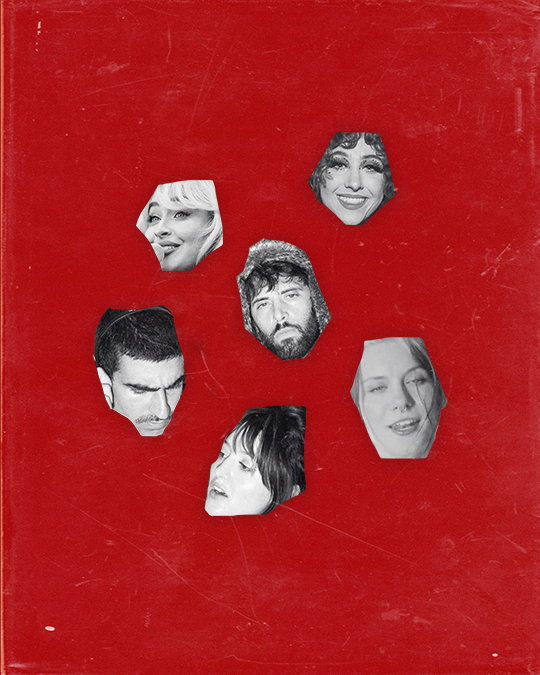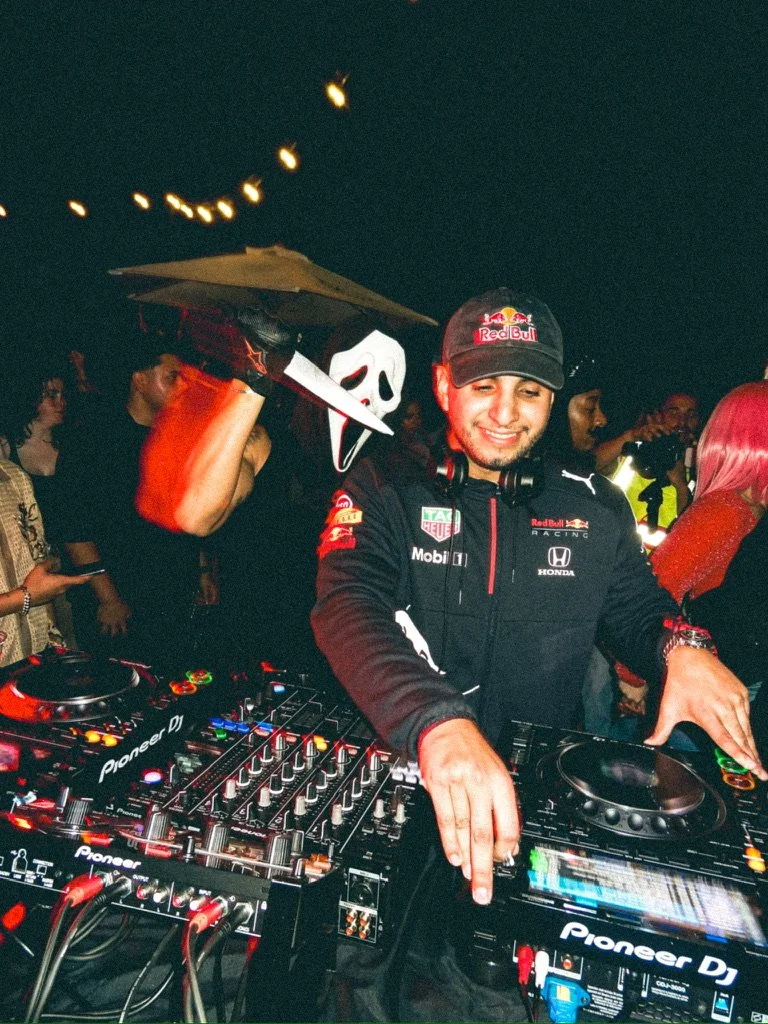Defining:
The sound of
2025
are we cooked?
Written By Alessandro V Graci
Aug 29st, 2025
What’s the Sound of the 2020s?
Every decade has had its sound. The 70s had Zeppelin, the 80s went disco and electronic, the 90s gave us grunge and punk. The 2000s were different. Suddenly it wasn’t artists shaping the culture, it was corporations. Labels manufactured idols like Britney, Backstreet Boys, and NSYNC, acts with mass appeal, made for everyone but not really for anyone. Naturally, counterculture kicked in. Bands like Linkin Park mashed genres together and kept music exciting.
That moment was a turning point."Ask ten people what the song of the summer is, you’ll get eight different answers."Then came EDM. The 2010s were dominated by big-room bangers. Martin Garrix’s Animals, Dimitri Vegas & Like Mike, Tsunami, all blasting from every festival stage. Counterculture gave us dubstep, trap, and artists like Skrillex and Yellow Claw. Love it or hate it, it felt defined. You knew what the “sound of now” was, and you had a sense of what was coming next.
But here we are in 2025, and the music scene feels… messy. Ask ten people what the song of the summer is, you’ll get eight different answers. Sure, Sabrina Carpenter’s Espresso is everywhere, but beyond that? No consensus. Labels don’t care though. They’re still making billions. The game has changed. They don’t build idols anymore, they buy hits. Streaming platforms, TikTok, and Instagram decide what pops, and labels swoop in after the fact. Followers are currency. Betting everything on and developing one artist? That’s ancient history.
On the bright side, you don’t need a label anymore. Social media gives independent artists reach. But it’s complicated. We used to call people “sellouts” when they stopped making art for expression and started chasing profit. Think about the difference between Maroon 5’s first album and their last. Or how Panic! At the Disco started versus how it ended. Selling out used to be the death of authenticity. Today? It’s aspirational. The economy is trash, everyone’s broke, and new artists are openly making music with the goal of going viral and cashing in. That doesn’t mean the art is worse, but it does mean the mindset has shifted.
Independent artists are polishing their sound more than ever. Pop slickness isn’t just for industry plants anymore, it’s everywhere. That means more noise, but it also means gems are hiding in unexpected places. And as always, counterculture is alive. In the 90s, it was grunge. In the late 2010s, early 2020s we got Snail Mail, Soccer Mommy, Japanese Breakfast. Today, you’ve got Junior Varsity and Devon Again, bands leaning into raw garage energy while weaving in electronics, creating something that feels imperfect on purpose. That movement is already producing songs that will define this decade for some.
The problem is the algorithm. Everyone’s stuck in their own curated bubble, tricked into thinking they’re part of a crowd. That makes it harder for counterculture to break out. Paramore could once climb from cult favorite to mainstream, but now niche stays niche. Still, the scenes are there, the fans are loyal, and those artists keep the pulse alive.
So what’s the sound of the 2020s? If the 90s were grunge, the 2000s pop and punk, and the 2010s EDM, what do we call this era? The truth is, the 2020s don’t belong to one sound. They speak every language. Latin acts like Bad Bunny and Karol G turned reggaeton into a global staple, bringing Spanish into clubs that had never embraced it before. K-pop giants like BTS and Blackpink built global armies and kept the idol machine alive. But most importantly, all these artists are doing the same thing—bending genres until the boundaries disappear.
Bad Bunny jumps from trap to rock to salsa without hesitation. K-pop collabs pull in hip hop, house, and even Jersey Club. Everyone is mixing everything, and that chaos is exactly what defines the decade. The genre of the 2020s isn’t a genre at all. It’s yes.
Streaming curators might hate it, but fans don’t. The lines are blurred, the rules are gone, and that’s where the magic happens. Linkin Park was right to believe rock and rap could coexist. Today’s artists are proving everything can. And when EDM’s wave faded, house quietly came back, proving that even old sounds find a way to survive in the mix.
This decade might feel messy, but maybe that’s the point.
Want to see more?

